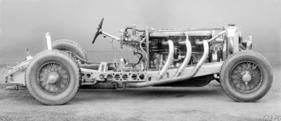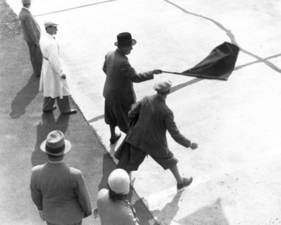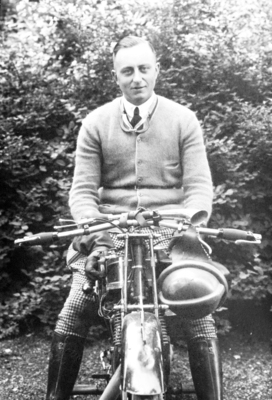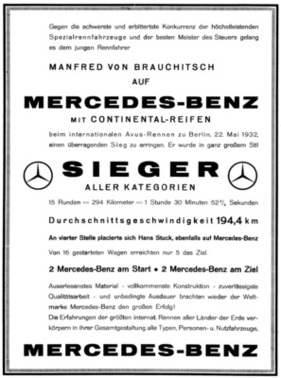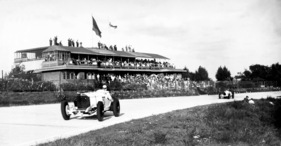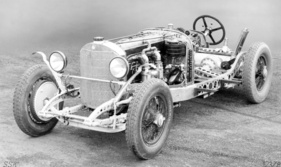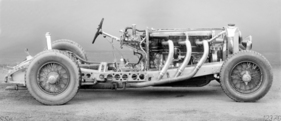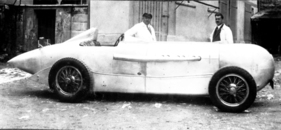Mercedes-Benz SSKL Streamline - From the cucumber to the Silver Arrow
Summary
"Zeppelin on wheels" was still one of the more benevolent names for the car in which Manfred von Brauchitsch competed in the 1932 Avusrennen. The Mercedes-Benz SSKL with streamlined bodywork became much better known as the unflattering "cucumber". However, the scorn of the spectators soon turned to cheers when they realized what the young German racing driver was capable of. This article explains the origins of the unique bodywork and how it was the first to receive the nickname that racing cars from Untertürkheim still bear today.
This article contains the following chapters
- The prelude
- The creator of form
- The body
- The 1932 Avus Race
- The success
Estimated reading time: 12min
Preview (beginning of the article)
At the beginning of the 1930s, the large Mercedes-Benz models with their turbocharged six-cylinder engines were among the fastest and most powerful sports cars in the world. Based on the Mercedes 24/100/140 hp designed by Ferdinand Porsche and introduced in 1924, Daimler-Benz successfully entered the successive K, S, SS and SSK models in races and hill climbs throughout Europe from 1926 onwards. The SSK came onto the market in the summer of 1928. It was based on the SS ("Supersport"), but its wheelbase had been shortened from 3400 mm to 2950 mm ("K" for "short"). More than half of the car's length was taken up by a huge 7.1-liter six-cylinder engine, which produced 250 hp with the supercharger switched on. At its debut, no road car in the world was a match for it. However, more competition emerged at the beginning of the 1930s.
Continue reading this article for free?
Photos of this article







